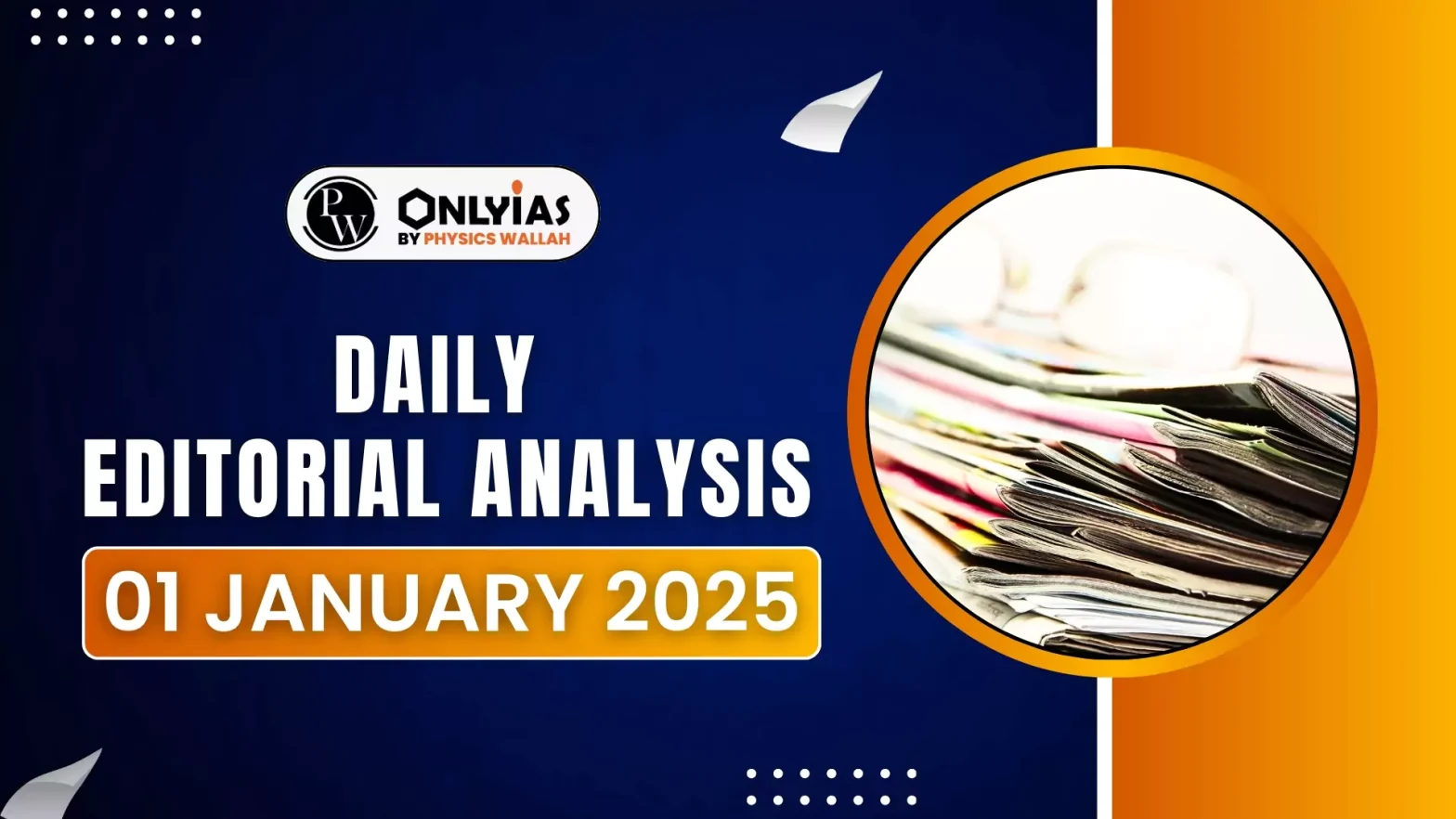The harrowing footage of a Boeing 737-800 skidding off the runway at Muan airport, ending in a fireball that claimed 179 lives, stands as a solemn reminder of the crucial lessons it holds for airport authorities, aviation regulators, and airline pilots alike.
Background of the disaster
- Caution of bird activity: Jeju Air flight 7C2216, en route from Thailand’s Suvarnabhumi Airport, was approaching Muan International Airport in South Korea’s southwestern region near the sea. The airport’s air traffic control had cleared the aircraft for landing on the sole runway, with a cautionary advisory about bird activity in the vicinity.
- The area surrounding the airport, characterized by an oceanic setting and nearby wetlands, is known to attract diverse avian species.
- Usage of very high-frequency sounds like distress calls or high-intensity lights is used to divert the birds from flying in the pathway of landing and take off.
- Theories Surrounding the Crash: The incident has led to speculation about potential causes, including a bird strike or mechanical failure, such as the inability to deploy landing gear during go-arounds and subsequent landing attempts.
- Issuing of Mayday call: The cockpit of the plane issued a Mayday call (an extreme case of distress call for the ATC) as the crippled craft hurtled its fuselage and engines, impacting a concrete structure at the runway end turning into a ball of fire and hitting the concrete wall ahead.
Enroll now for UPSC Online Course
Questions of Lacuna in the operation raised after the disaster
- Usage of bird scare techniques: Whether the airport actively use non-lethal and lethal bird scare techniques during operating hours?
- Construction of the concrete wall: The International Civil Aviation Organization has raised concerns over the construction of the unusual concrete wall (ICAO’s Annex 14) at the end of the runway. Korean authorities have said that the wall is found in other airports in Korea.
- Inappropriate reaction in an emergency: The reaction of the pilots in such a crunch situation has been put into question for not being sufficient. If executed properly with the wheels too, airplanes can be landed safely which was not the case with Jeju Air flight 7C2216.
Condition of South Korea’s Civil Aviation Sector
- Safety in civil aviation: South Korea pays a lot of heed to civil aviation safety. In the entire world, South Korea is one of the very few countries that has taken strict measures to ensure safety in civil aviation.
Actions taken henceforth
- Building up of a task force: The new acting President, Choi Sangmok, seems to be steering the response with a task force in place and the authorities having been instructed to review aviation operations and inspect airline fleets.
- Need of a thorough probe: The Ministry of Transport’s highlighting of several issues would need a thorough probe, especially with representatives from the U.S. NTSB, the FAA, and the aircraft manufacturer, Boeing, on board.
Lesson for India
- Need for a thorough review: Even though the accident is the first for Jeju Air, every accident has its lessons, and for India too, with air travel on the rise, there must be a thorough review of every aspect of crew training as well as of runway safety at its 157 operational airports.
- Review of operations: Even though India has 157 airports, no such fatal cases have been reported so far but post this incident, India has started reviewing every civil aviation operation, to ensure there are last-moment emergencies.
- Lesson for all bodies in aviation: This disaster serves as a critical reminder for pilots, airlines, government authorities, and DGCA to proactively address all potential risks and implement stringent measures to prevent similar incidents in the future.
Check Out UPSC CSE Books From PW Store
Conclusion
Such aviation accidents highlight the persistent need for stringent safety measures, advanced technology, and proactive risk management. While global aviation safety has improved significantly, challenges like human errors, infrastructure gaps, and external hazards demand continuous vigilance and collaboration to ensure safer skies.
![]() 1 Jan 2025
1 Jan 2025

